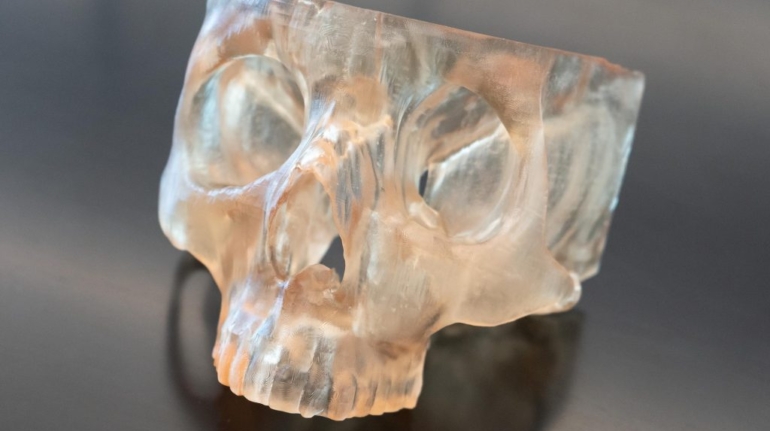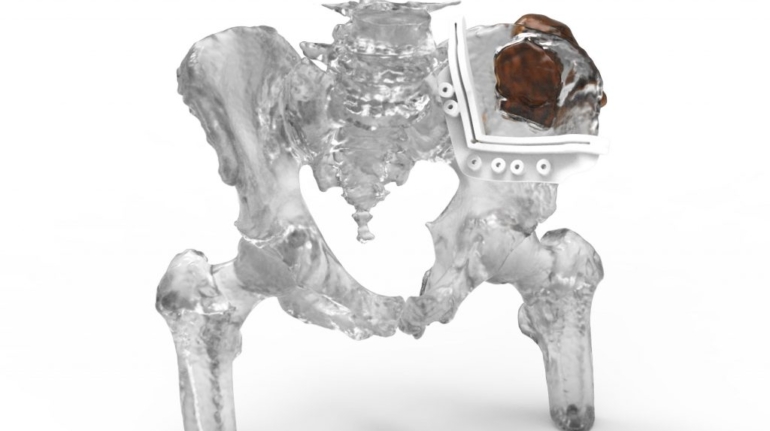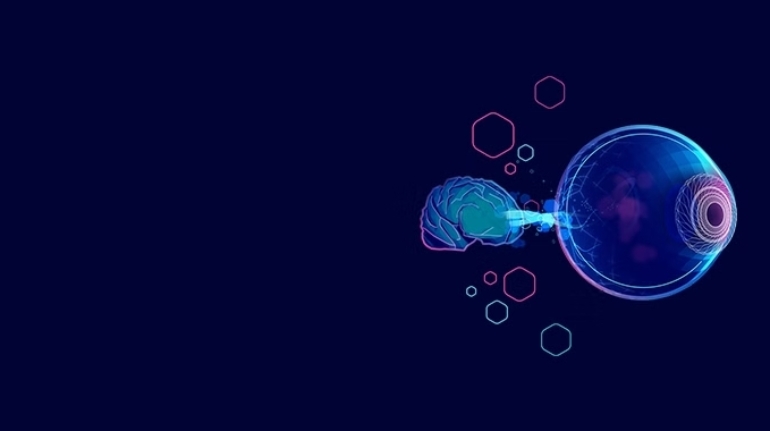Custom 3D printed models improve precision of oral cancer surgery
Custom 3D printed models tailored to individual patients are helping surgeons remove oral cancers with greater precision, according to new research from The Ohio State University Comprehensive Cancer Center – Arthur G. James Cancer Hospital and Richard J. Solove Research Institute (OSUCCC – James). In 92 percent of head and neck surgeries that used a 3D model during the operation, complete tumor removal was achieved, compared to 74 percent of surgeries performed without one. Researchers report that this approach allows for more accurate excision of malignant tissue while preserving healthy structures, potentially reducing the need for follow-up treatment.






